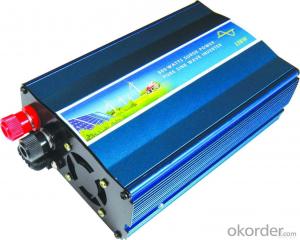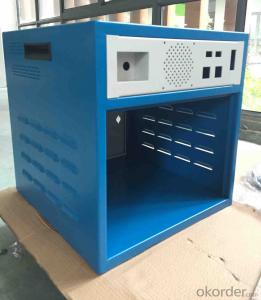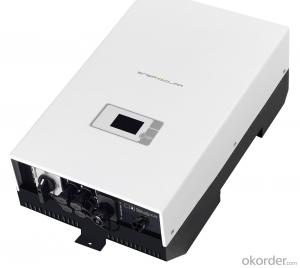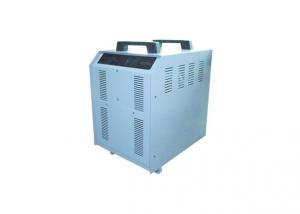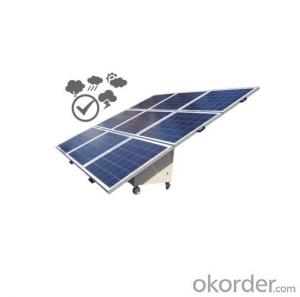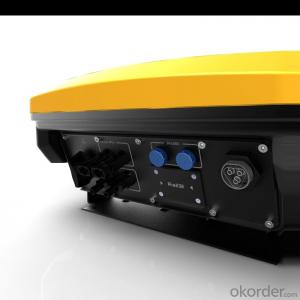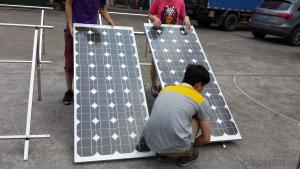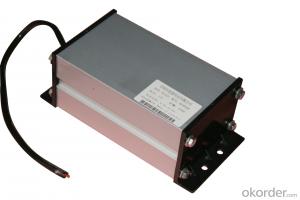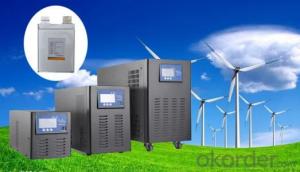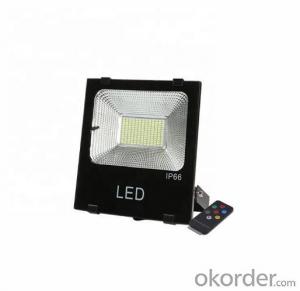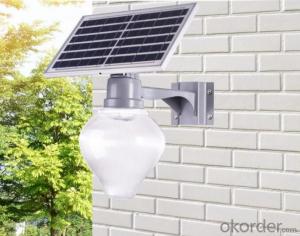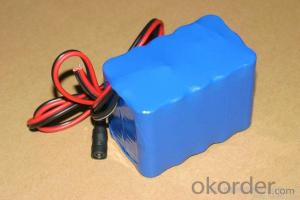Inverter Solar Off Grid
Inverter Solar Off Grid Related Searches
Solar Inverter Off Grid Solar Power Inverter Off Grid Off Grid Inverter Solar Inverter For Off Grid Solar Hybrid Solar Inverter Off Grid Off Grid Solar Power Inverter Solar Off Grid Inverter On Off Grid Solar Inverter Off Grid Solar System Inverter Off Grid Hybrid Solar Inverter Off Grid Solar Hybrid Inverter Solar Inverter On/Off Grid Off Grid Solar Inverter System On Grid Inverter Solar Solar Panel Off Grid Inverter On Grid Solar Inverter Best Solar Off Grid Inverter Off-Grid Solar Inverter Solar Hybrid Off Grid Inverter Off Grid Solar Micro Inverter On Grid Solar Power Inverter Best Solar Inverter Off Grid Off Grid Solar Inverter 48v Solar Inverter Off Grid Price Cheap Off Grid Solar Inverter Waaree Solar Off Grid Inverter Off The Grid Inverter 1kw Off Grid Solar Inverter On Grid Solar System Inverter Top 10 Off Grid Solar InverterInverter Solar Off Grid Supplier & Manufacturer from China
Inverter Solar Off Grid systems are designed to provide a reliable and efficient power supply for various applications by harnessing energy from the sun. These systems typically consist of solar panels, batteries, charge controllers, and inverters, all working together to convert sunlight into usable electricity. They are particularly useful in remote areas where access to traditional power grids is limited or in situations where a backup power source is necessary.Inverter Solar Off Grid systems are widely used in a variety of settings, such as off-grid homes, commercial buildings, and even in remote communication systems. They offer a sustainable and eco-friendly alternative to traditional power sources, reducing reliance on fossil fuels and lowering carbon emissions. These systems can also be scaled to meet the specific energy needs of different applications, making them a versatile choice for a range of users.
Okorder.com is a leading wholesale supplier of Inverter Solar Off Grid systems, boasting a large inventory that caters to the diverse needs of customers worldwide. With a commitment to quality and customer satisfaction, Okorder.com ensures that each Inverter Solar Off Grid system is carefully selected and tested to meet the highest industry standards. This allows customers to have confidence in the performance and reliability of the products they purchase, knowing that they are backed by the expertise and support of a trusted supplier.
Hot Products









